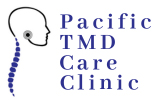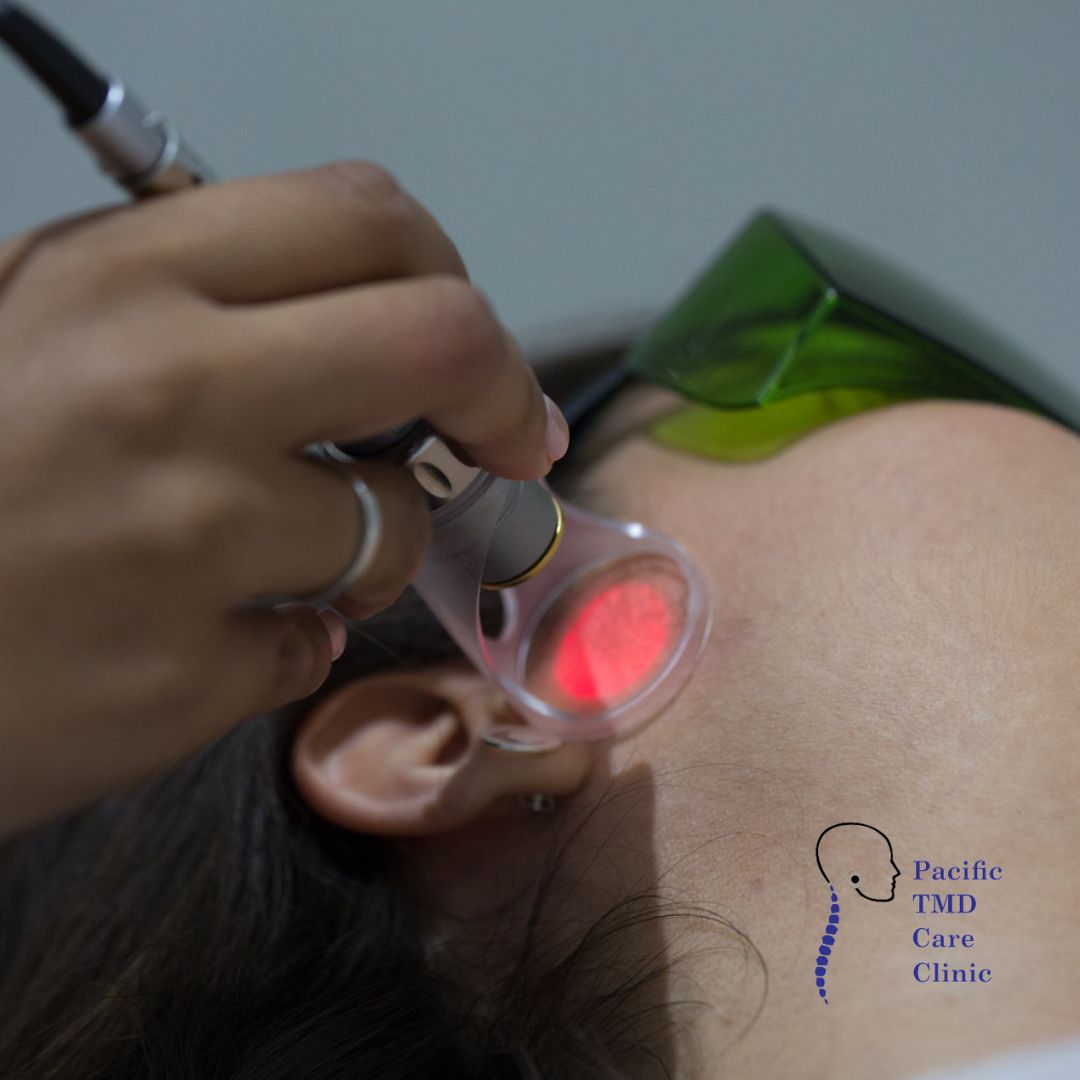Navigating the intricate landscape of temporomandibular disorders (TMDs) requires a thoughtful and nuanced treatment strategy. In this professional blog, we embark on a critical evaluation of two prominent therapeutic modalities—Low-Level Laser Therapy (LLLT) and Transcutaneous Electric Nerve Stimulation (TENS)—incorporating insights from four key studies.
In the study conducted by Chellappa and Thirupathy:
Their randomized clinical trial, spanning six weeks and involving 60 TMD patients, demonstrated promising outcomes for both TENS and LLLT. Notably, the meticulous analysis revealed LLLT’s superiority, demonstrating significantly higher efficacy in improving range of motion and alleviating pain compared to TENS (P < 0.01) (1).
In Xu et al.’s systematic review:
Thos systematic review of randomized controlled trials (RCTs) comparing LLLT to a placebo in patients with TMD indicates that LLLT is effective in providing pain relief and improving functional outcomes for individuals with TMD. The review, encompassing 31 RCTs, found high methodological quality in the majority of studies and overall positive effects of LLLT on pain reduction, particularly in short-term follow-ups. Dosage analyses showed mixed results, indicating a need for further investigation into the impact of high and low doses on TMD patients.(2).
Madani et al.’s comparative trial of LLLT and Laser Acupuncture Therapy (LAT):
This double-blind clinical trial involving 45 TMD patients unveiled compelling results. Both LLLT and LAT emerged as effective in reducing pain and enhancing mandibular motion. Importantly, LAT, with comparable efficacy to LLLT, offered an intriguing alternative, presenting effective results with a reduced time commitment (3).
Insights from Ahrari et al.’s study on myogenic TMD:
In a randomized, double-blind clinical trial with 20 patients, LLLT exhibited significant efficacy in increasing mouth opening and alleviating pain symptoms. This contrasted starkly with the placebo group, emphasizing the unique and substantiated efficacy of LLLT in managing myogenic TMD (4).
As we seek to optimize therapeutic approaches for TMD, the evidence overwhelmingly leans towards the efficacy of Low-Level Laser Therapy. This modality consistently demonstrates superior outcomes, particularly in enhancing range of motion and relieving pain. Xu et al.’s systematic review serves as a testament to the robustness of evidence supporting LLLT (2). Furthermore, the study by Madani et al. introduces Laser Acupuncture Therapy as a credible alternative, offering comparable efficacy with a reduced time commitment.
In this pursuit of precision, the integration of Pacific TMD Care Clinic emerges as a promising avenue. The synergistic potential of Pacific TMD with LLLT prompts further exploration, aiming to elevate therapeutic outcomes and redefine the standard of care for individuals grappling with temporomandibular disorders.
References:
1. Chellappa, Deepika, and Manigandan Thirupathy. “Comparative efficacy of low-Level laser and TENS in the symptomatic relief of temporomandibular joint disorders: A randomized clinical trial.” Indian journal of dental research : official publication of Indian Society for Dental Research vol. 31,1 (2020): 42-47. doi:10.4103/ijdr.IJDR_735_18
2. Xu, Gang-Zhu et al. “Low-Level Laser Therapy for Temporomandibular Disorders: A Systematic Review with Meta-Analysis.” Pain research & management vol. 2018 4230583. 10 May. 2018, doi:10.1155/2018/4230583
3. Madani, Azamsadat et al. “A randomized clinical trial comparing the efficacy of low-level laser therapy (LLLT) and laser acupuncture therapy (LAT) in patients with temporomandibular disorders.” Lasers in medical science vol. 35,1 (2020): 181-192. doi:10.1007/s10103-019-02837-x
4. Ahrari, Farzaneh et al. “The efficacy of low-level laser therapy for the treatment of myogenous temporomandibular joint disorder.” Lasers in medical science vol. 29,2 (2014): 551-7. doi:10.1007/s10103-012-1253-6

